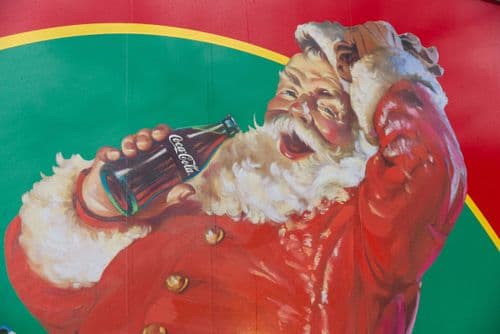Fast food restaurants have been gradually increasing cup sizes over the past 30 years while keeping prices the same, creating the illusion of better value while actually charging more per ounce of beverage.A "small" drink today is larger than a "large" drink was in 1990, but customers don't notice the manipulation because the changes happen slowly over time.
The strategy exploits a psychological phenomenon called "reference point bias."When cup sizes increase gradually, customers use the new larger size as their baseline and feel like they're getting a good deal compared to previous visits. Meanwhile, the actual cost per ounce has increased by 300-400% because the drinks cost pennies to produce but sell for dollars.
What makes this particularly sneaky is how restaurants coordinate the size increases across the industry.McDonald's, Burger King, and other chains don't compete on cup sizes—they collaborate to ensure all sizes increase simultaneously so customers can't comparison shop effectively. Internal industry documents show this coordination is deliberate to prevent customers from noticing they're paying more for the same amount of beverage.
The larger cups also create artificial demand for more food. Psychological studies show that people who order larger drinks feel compelled to order larger food portions to maintain proportional consumption. This "portion creep" increases average order values while making customers believe they're making independent choices.
Even the cup design psychology is manipulative.Taller, narrower cups appear to contain less liquid than shorter, wider cups with the same volume, so restaurants use tall designs to make large portions seem reasonable. The visual tricks make customers feel virtuous about their choices while actually consuming more calories and spending more money.
Every fast food cup is engineered to fool your braininto thinking you're getting better value while actually paying premium prices for sugar water.





